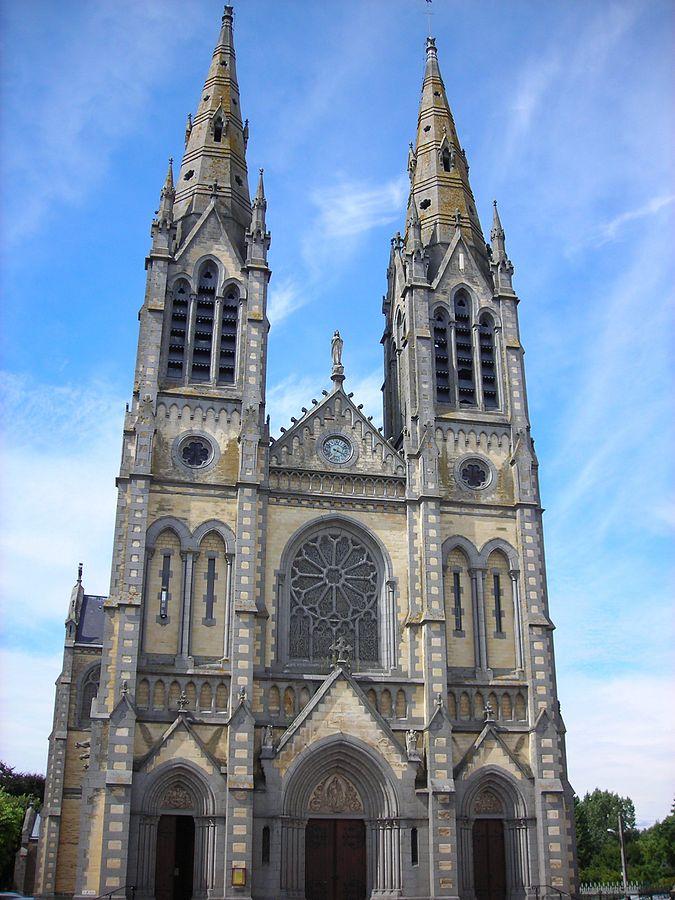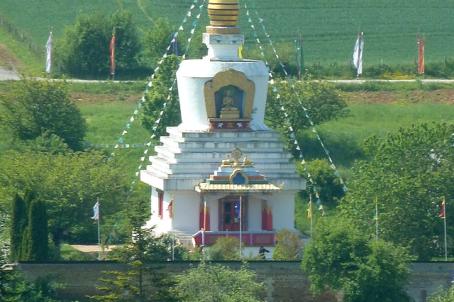Church of Notre-Dame de l'Assomption

Built in the 13th century style with limestone infill, it consists of a nave with shed-covered aisles, a projecting two-bay transept and a choir surrounded by a walkway opening on to two sacristies and a polygonal hipped covered chapel. Gargoyles in the shape of fantastic animals adorn the top of the walls.
About this building
The church has a Latin cross plan with a three-aisled nave (a central aisle and two side aisles) and a projecting transept integrating on either side the chapels of the Rosary and Saint Roch. A previous Ducy chapel founded in 1619 was removed when the church was enlarged, and a chapel dedicated to Saint Margaret. Rebuilt in 1458 over its ruins, the church was enlarged in 1788-1890. Stained glass windows made by the workshops of Gabriel Loire after the bombing of 1944.





